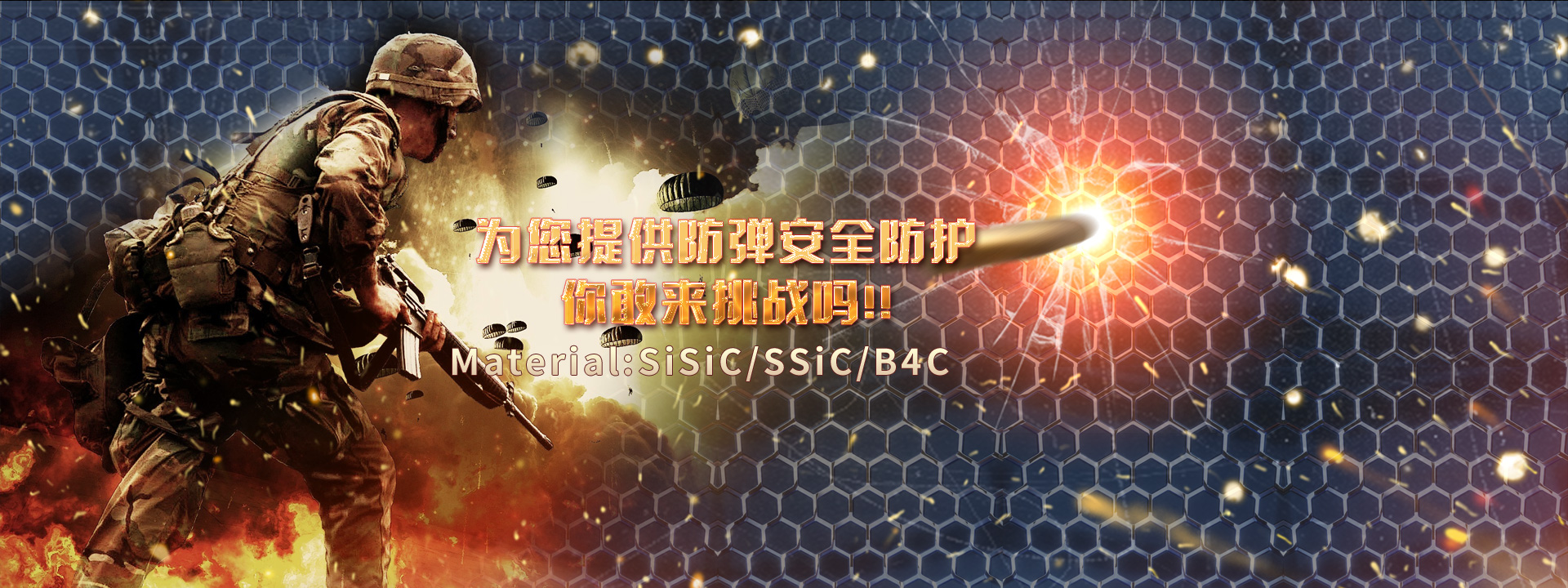

ABOUT REJINBAO
Guangdong Rejinbaonew Materials Technology Co.,ltd.
Guangdong re Jinbao technology new material Co., Ltd., formerly known as Jieyang Quxi thermal refractory factory, was established in 1982 and has a history of 41 years. It is a national high-tech enterprise integrating research and development, design, production, sales and service of advanced ceramics and refractory kiln furniture, kiln structural materials, special refractory and other new materials and ceramic machinery equipment; The company has four business divisions. The first division produces SiC energy-saving frame kiln furniture and refractory structural parts, with an annual production capacity of 4000 tons; Division 2 produces cordierite mullite kiln furniture and kiln structural materials, with an annual production capacity of 10000 tons;
Experience
Area covered
Investment
Rover
Patent
NEWS CENTER
REJINBAO












Thank you for your attention and support to rejinbaoxin
You can scan the two-dimensional code, and pay attention to WeChat official account for real-time information.
Or contact us by dialing the number below!

Copyright© Guangdong Rejinbadnew Materials Technology Co.,ltd. 粤ICP备06127762号 Powered by www.300.cn